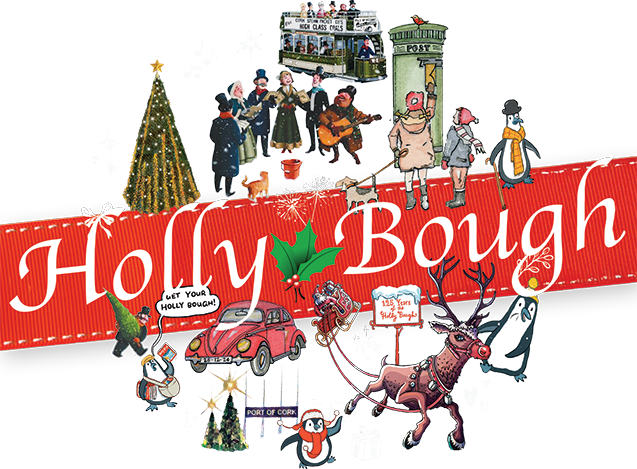Gaeilge at the core as Cill na Martra’s progress shows no sign of slowing
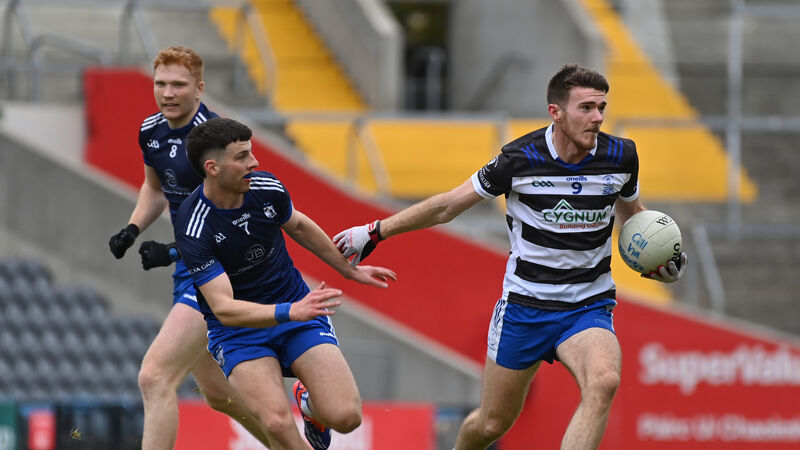
Gearóid Ó Goillidhe, Cill na Martra going past Timmy O’Connor, Knocknagree in the McCarthy Insurance Group Senior A fotball championship final at SuperValu Páirc Uí Chaoimh. Picture: Dan Linehan
For quite some time, Cill na Martra have been one of the more compelling stories in Cork football. Not simply for their direct, purposeful football, or their stubborn competitiveness – holding their own in Division 1 and thriving in Senior A after stepping up from Premier Intermediate – but for what they represent.
You could argue they’ve overachieved. But when a club consistently punches above its supposed weight, at what stage do we stop calling it overachievement and simply call it achievement?
There is, of course, another layer to them. We refer to them as Cill na Martra rather than Kilnamartyra. Not out of novelty, but because they’re a Gaeltacht club who carry more than their parish’s hopes on their backs.
Every handpass, every shout, every break forward comes wrapped in something older, something rooted.
The Irish language is not decoration here. It is lived. It is used.
Eoghan Ó Céilleachair is one of those who bridges both worlds – footballer and educator, parish footballer and Gaeilgeoir – and he says the language on the pitch isn’t a gimmick.
“We'd do that anyway,” Ó Céilleachair begins. “It kind of comes naturally, it's not a big tactical thing that we try to do, we don't put much thought into it. I suppose it's an advantage in a way!
“I'm an Irish teacher in Douglas in Regina Mundi, and to be honest, there's an awful lot of us teaching, so I'm probably blowing my own trumpet here now. But it's hugely important to me, I use it every day in work. A lot of us would use it at home as well.
“Maybe not in whole conversations or with everybody all the time,” he explains. “But those cúpla focal would be definitely thrown in an awful lot. It's just part of the culture and things that we use our odd Irish word, as much as we can, especially when you're talking to maybe older people in the parish.”
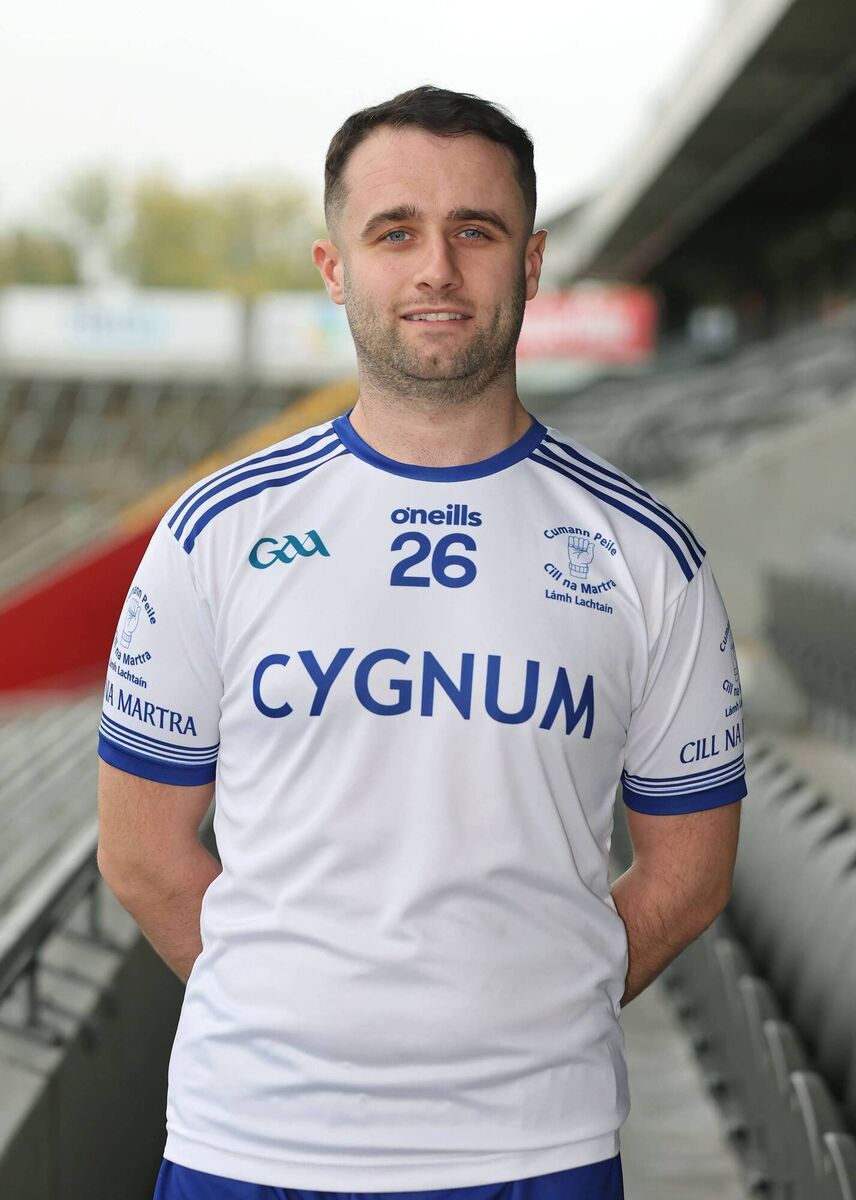
And that is the point. It’s not for speeches or slogans.
It’s the living fibres, carried forward one small exchange at a time. For a language that has suffered immensely from British colonialism, struggled to recover in a globalised world, the revival isn’t loud. It’s cumulative, as Ó Céilleachair explains.
“It probably was a big eye-opener when moving from home into the city, seeing probably the lack of Irish that a lot of students grew up with,” he admits. “It's very enjoyable to pass that on and try to kind of create it into more of an enjoyable language, I suppose.
“It's gone kind of very much more popular nowadays, and you see it on TikTok and stuff, and Kneecap have brought that to the fore as well.
“So it's kind of trendy now to speak Irish, which it wasn't at all before, so it does make things a lot easier when there's things in the media promoting Irish.”
For all the wretched faults of modern social media, its influence here has been a blessing. Gaeilge has found rhythm again – through music, through sketches, and creators turning something that was once was oppressed into a language that is owned.
“You'd find a lot of the kids even in school now at the moment, are much more connected to the culture, and they'd want to learn it,” Eoghan says. “And you'd have parents coming in now saying, ‘oh, I wish I learned it more when I was in school’, but when you hear people listening to music as Gaeilge and watching Irish films, even the likes of Cillian Murphy there speaking a few words at the Oscars, that does make a savage difference.
“It's definitely growing, and hopefully it will keep an upward trajectory going forward.”
Crucially, it is growing not because we forced young people towards Irish, but because Irish finally came towards them – through headphones and timelines.
“That's probably the way that we need to go. We have our constraints, now when we're teaching and you're trying to get all this stuff covered in poems and things like that, but if they could change it up a small bit and bring those things in. It'd be a lot, lot better.
“I suppose that could be done, and that can be looked at, especially when there's more and more Irish being used in everyday life,” he remarks. “But it's definitely on an upward curve.
Cill na Martra are proof that a language does not live through slogans or policy, but through use. Through pitch-side shouts and small gestures. Their story – on the field and beyond it – reminds us that Irish never truly died.
It simply waited for the country to come back to it. We might finally be doing just that.

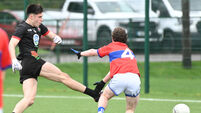
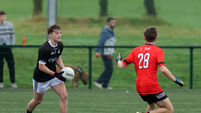
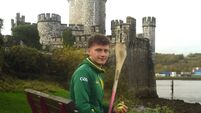






 App?
App?






